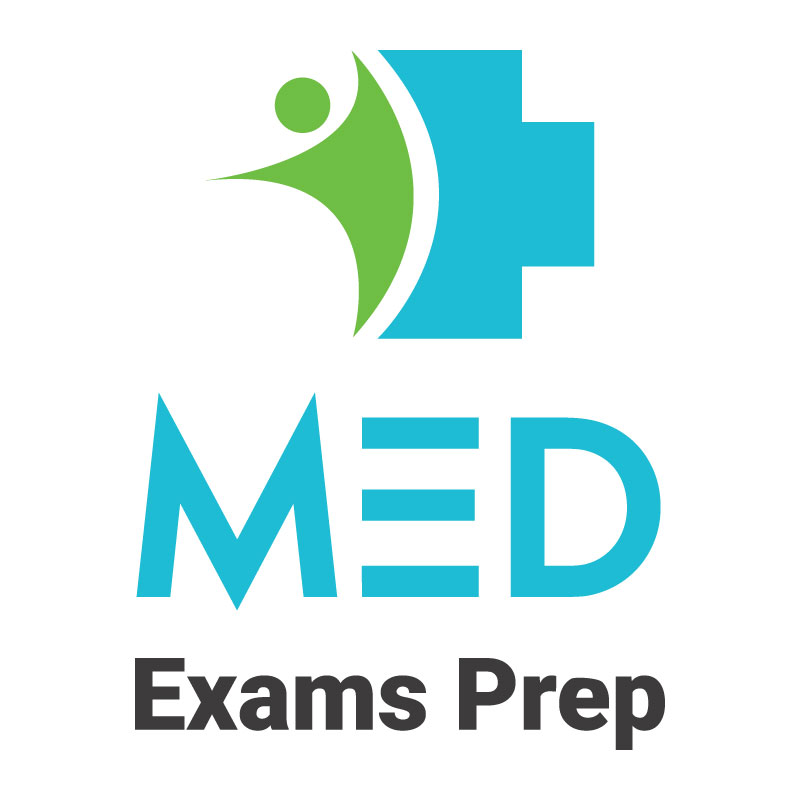Introduction
The NEET PG 2025 paper analysis is here! With the recall of all 200 questions from the exam, we bring you a detailed breakdown of the exam pattern, subject-wise distribution, difficulty level, and high-yield areas. This analysis will serve as a definitive guide for students preparing for NEET PG 2026 and beyond.
This post combines expert recall analysis, high-yield topic mapping, and actionable preparation strategies. Whether you are a first-time candidate or looking to improve your score, this blog will help you prioritize your preparation.
NEET PG 2025: Overall Exam Pattern & Difficulty Level
The NEET PG 2025 paper followed the NBE's recent trends—clinical integration, image-based dominance, and heavy weightage to core Medicine and OBGYN. Of the 200 questions:
~50% were image-based.
70% were clinical vignette-based.
Repeats from PYQs & FMGE recalls were seen (~30%).
Basic science subjects (Anatomy, Physiology, Biochemistry) were largely integrated into clinical scenarios.
Difficulty Level:
Easy: 25%
Moderate: 60%
Difficult: 15%
Most candidates reported the exam was moderately difficult, with tricky options in Medicine, Surgery, and PSM.
Subject-Wise Distribution of Questions
|
Subject |
Questions |
Weightage (%) |
|
Anatomy |
9 |
4.5% |
|
Physiology |
5 |
2.5% |
|
Biochemistry |
15 |
7.5% |
|
Pathology |
12 |
6% |
|
Pharmacology |
15 |
7.5% |
|
Microbiology |
12 |
6% |
|
Forensic Medicine |
6 |
3% |
|
PSM (Community Medicine) |
16 |
8% |
|
Medicine (incl. Derm, Psych) |
30 |
15% |
|
Pediatrics |
5 |
2.5% |
|
Surgery |
18 |
9% |
|
Orthopedics |
5 |
2.5% |
|
Ophthalmology |
5 |
2.5% |
|
ENT |
5 |
2.5% |
|
OBGYN |
20 |
10% |
|
Radiology |
5 |
2.5% |
|
Dermatology |
8 |
4% |
|
Anesthesia |
4 |
2% |
High-Yield Topics in NEET PG 2025
Medicine
ARDS management (Low tidal volume + high PEEP)
Addison’s disease
Pannus in Rheumatoid Arthritis
IRIS in HIV-TB
Paget’s disease of bone
Fat embolism syndrome
OBGYN
Atonic PPH (Bakri balloon)
Cord prolapse management
Adenomyosis (MRI diagnosis)
Premature ovarian insufficiency (↑ FSH, ↓ AMH)
Episiotomy closure sequence
McRoberts maneuver in shoulder dystocia
Surgery
Diffuse axonal injury (RTA)
Parks classification of anal fistula
Courvoisier’s law (Carcinoma head of pancreas)
Congenital diaphragmatic hernia
Achalasia cardia (manometry)
Pathology & Microbiology
AML M3 (t15;17, PML-RARA)
Follicular lymphoma (t14;18)
Primary biliary cholangitis (AMA+)
Aspergillus (acute angle septate hyphae)
Nocardia (paraffin bait technique)
Enterobius vermicularis (perianal pruritus)
Pharmacology
Topiramate for migraine prophylaxis in CAD
Phenoxybenzamine in pheochromocytoma
Empagliflozin in HF with diabetes
MgSO₄ loading dose in Pritchard’s regimen
Community Medicine (PSM)
VVM interpretation
Lead-time bias in screening
Nalgonda technique
ART timing in HIV + TB
Cluster RCT
Section-Wise Breakdown
Medicine
Heavy focus on cardiology, endocrinology, and emergency management.
Clinical vignettes dominated, often requiring integration of lab values, imaging, and treatment protocols.
Preparation Tip: Focus on Harrison’s-aligned clinical reasoning + recent guidelines (ARDS, HF, DKA, Addison’s, TB-HIV management).
OBGYN
Labor room emergencies (cord prolapse, shoulder dystocia, atonic PPH) repeated from previous recalls.
Gynecological malignancies and hormonal profiles tested.
Preparation Tip: Master algorithmic management for obstetric emergencies + AUB evaluation.
Surgery
Trauma, GI surgery, and hepatobiliary topics dominated.
Preparation Tip: Focus on basic surgical anatomy + standard operative steps + emergency protocols.
PSM
Applied epidemiology & program-based MCQs.
Calculation-based questions minimal.
Preparation Tip: Prioritize screening tests, biostatistics, biases, and national programs.
Basic Sciences (Anatomy, Physio, Biochem)
Integrated with clinical context (e.g., nerve injuries, hormone pathways, metabolic defects).
Preparation Tip: Focus on high-yield anatomical landmarks, classic enzyme deficiencies, and applied physiology.
Actionable Advice for NEET PG 2026 Aspirants
Focus on Clinical Integration: Almost all questions have a clinical stem; practice integrated reasoning.
Strengthen Image-Based Prep: Digital image banks are high-yield; >50% of questions are image-linked.
Revise High-Yield Topics Thoroughly: Tables above list repeated & core topics.
Simulate Exam Conditions: Practice full-length mocks with NEET PG pattern.
Balance Theory & Application: Basic sciences matter, but in applied form.
Recommended Books for NEET PG Preparation
For comprehensive coverage of NEET PG 2026, we strongly recommend:
Platinum Plus NEET PG Q-Bank (Vol 1–3): Comprehensive, updated question banks covering all 19 subjects with integrated explanations.
NEET PG QR Book: Quick Revision guide, ideal for last 30 days preparation.
These resources consolidate high-yield topics, PYQs, and latest exam trends in an easy-to-digest format, ensuring maximum retention.
Conclusion
The NEET PG 2025 recall analysis confirms the exam is increasingly clinical, image-heavy, and concept-integrated. Medicine, OBGYN, Surgery, and PSM dominated the paper, with heavy emphasis on repeated high-yield areas.
Future aspirants must adapt to these trends—prioritize clinical reasoning, integrate basic sciences with clinical knowledge, and practice image-based questions extensively.
With the right strategy, consistent practice, and focused revision of high-yield topics, aspirants can maximize their chances of success in NEET PG 2026.
Prepare smart, practice consistently, and success will follow!
